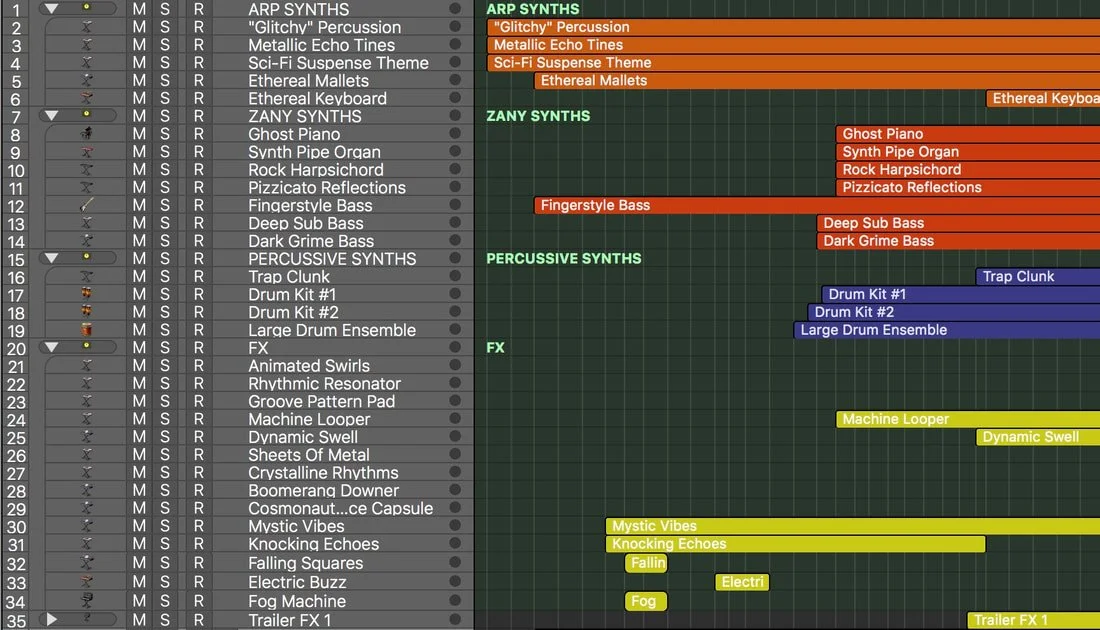COMPOSER SPOTLIGHT: JOSH TRENTADUE, "BREAD AND CIRCUSES"
The program for our collaborative concert this October with the Zenith Saxophone Quartet includes a piece that introduces another element to the stage - performers interacting with electronic music. Composer Josh Trentadue's Bread and Circuses incorporates a fixed media track that accompanies the quartet, creating a soundscape that's altogether unique to each performance. Read on as Trentadue divulges more about how these elements, and many others, helped shape this brand-new piece:
Describe your inspiration for composing the piece. What is its overall conception?
Bread and Circuses is my first piece for saxophone quartet. I've worked with saxophone before in various other pieces, but until now, I haven't had the professional opportunity to really get to work with this specific instrumentation. It's a quartet of musicians that I simply adore. This is also the first concert piece in my career that I worked with electronic and acoustic music together, another element I've wanted to explore for some time now.
The title refers to a term that was coined by a satirical poet in Rome sometime in the 1st-2nd century AD. In their writings, the poet uses the term as a figure of speech to describe politicians who satisfy public approval by the most basic, distracting means possible. Often, this could be with food to quell their hunger or entertainment to raise their enjoyment. It's a term that decries both the politicians for not addressing the bigger issues preventing society from continuing to thrive, as well as the public audience for ignoring those same issues in the first place. I've wanted to explore this idea musically for quite some time now, and when the opportunity to write a piece for Zenith came along (as well as to include the additional electronic elements), I knew it could finally be realized to its full potential.
So, the work is essentially in two halves. The first half is the literal choatic interpretation of the term, with saxophones and electronic music performing together (and sometimes even intentionally clashing with each other). Imagine large crowds demanding from their leaders concrete answers to their problems, only to instead receive a spectacle of distractions and diversions without a clear idea of what's going on. The second half is more of a lament for the saxophone quartet alone, a bitter sort of solemnity that wonders if either peace will finally come first (a peace that feels earned and is meaningful) or if this cycle of madness will just begin all over again.
What are some of the goals you strove to accomplish?
With every new commission and project, I try to explore a different idea within the music I'm working with. It could be harmonic, melodic, formal, textural, and/or conceptual. The fact that this piece was to be written for Zenith added a whole new layer to my compositional process. These players are just great at everything they do and incredibly professional with their craft.
With that in mind, I also knew that I needed to find creative ways of engaging the music that would speak to everything I love about the saxophone quartet as well as fulfill the intent of this new piece. Most of all, I needed to find a method of addressing the two key elements Zenith is so good at expressing in all of their performances - the wild, rampant, energetic, and superhuman levels of frenzied, chaotic music; and, the subdued, lyrical, mystifying, melodic and harmonic lines that I find can be both beautiful and quasi-spiritual at times.
Finally, with the electronic element, my biggest goal was to make sure that it was coherent within the framework of the quartet's music. Using a fixed media track made the process of putting this together much smoother. Additionally, the electronics are optional, so the piece as a whole needed to be structured so that it could work with or without those elements and still get across its overall intent all the same.
Given the scope of all these elements involved, I was aware that the music needed to make a statement, and a pretty dramatic and powerful one at that. I sought to express that as much as possible.
What are some of the challenges you faced?
Balance between the saxophone quartet and the electronics was certainly the main issue at the forefront of my mind. The two needed to clash with each other at times, but too much of that would have caused one group to overpower the other in a detrimental way. This was especially an issue in the softer moments of the piece, where I ended up having to "re-orchestrate" the electronics a few times before the final product was achieved.
The direction of the piece also gave me some challenges. Before composing, I typically have a clear idea of where the music is going to go, but with this project, it's the first time that I physically sketched out the entire shape and structure of the form before even writing a single note. Even then, much of those ideas changed. The electronics were initially going to be present for the entire piece, for example, but then I restructured that element so they appeared in the first half only.
In all honesty, I firmly believe that writing this piece made me a better composer. Working with Zenith made me a better composer. The amount of problem-solving and balancing I faced in tackling this project, and with the amount of time I had to complete it, made me a better composer. I am so thankful to the quartet, and to MCI, for this incredible opportunity of bringing this new music to life and that of my other colleagues represented on the concert.
What do you hope audiences will take away in hearing your piece?
Mostly, I hope that they enjoy Zenith's performance of the piece. I hope that the music itself is a testament of how fantastic these players really are as well as the high level of artistry that they're so good at achieving professionally and effortlessly. It's been a great privilege to have been able to get to work with this group, and I look forward to hopefully further collaborations with them in the future.



